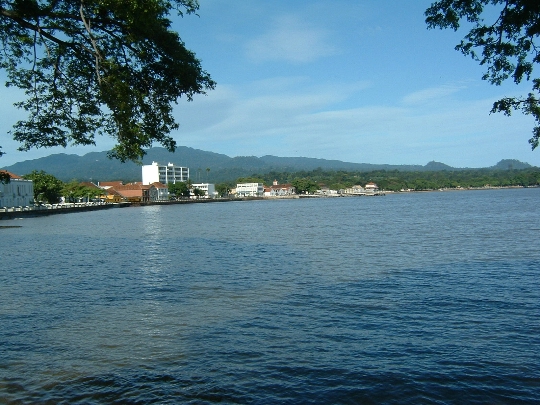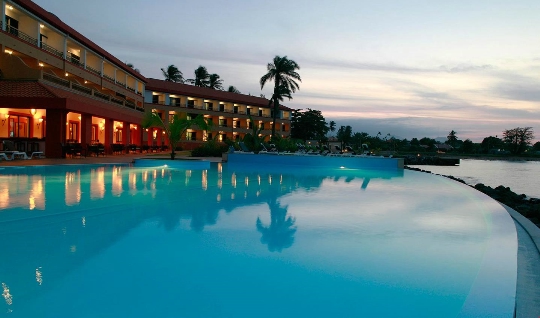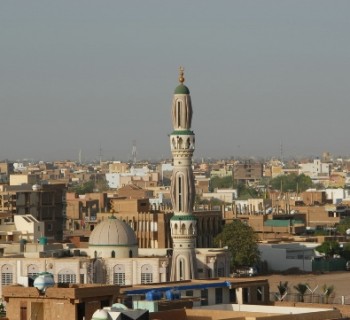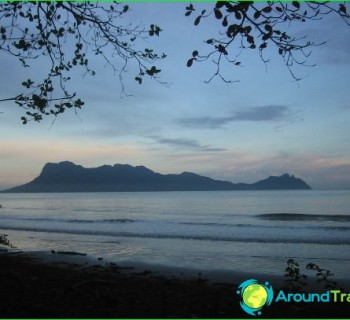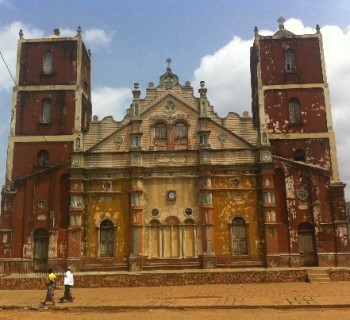Capital of Sao Tome and Principe
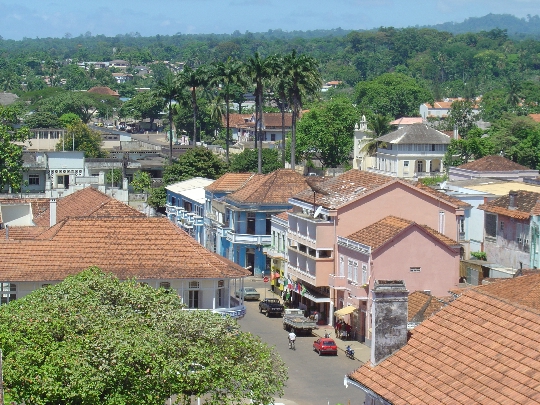
Who would have thought that the capital of Sao Tome and Principe would receive its name in honor of Saint Thomas, one of the apostles of Jesus Christ. This apologist of the Christian religion gave his name not only to the main city of the country, but also to the entire state, and one of its provinces..
Rather, the Apostle Thomas himself was not involved in this, for him everything was done by the Portuguese navigators, who appeared here at the end of the 13th century. It is they who are considered the founders of the current capital..
New point on the map
The founding year of Sao Tome is 1485, as historians say, based on surviving documents and evidence. True, the main goal is not the city, but the development of the agricultural region, therefore the territories around the capital became plantations for planting sugar cane. Good harvests were ensured by ideal weather conditions, equatorial climate and the labor of black slaves from the Congo.
The status of a town was given to the settlement in 1525 by João II, King of Portugal. So very little time remains until the celebration of the 500th anniversary of the receipt «high rank» cities.
Sao Tome was part of the Portuguese colony, then the territory for a short time passed under the protectorate of the Dutch and again returned under the wing of the Portuguese. 1975 marked an important milestone in the history of the land, as the state of Sao Tome and Principe gained its long-awaited independence. In the same year, the city with the same name as the country received the status of the capital.
Places of interest in the capital Sao Tome
Sao Tome may not be so interesting for experienced tourists, who have seen a lot during their travels. Among the sights, the description of which can be found in booklets and brochures, the following are most often called:
- The Presidential Palace, surprising with a beautiful gallery and pale pink color of the facades;
- Catholic cathedral, erected by the first settlers from Portugal;
- Local cinema building.
The San Antonio quarter becomes the ideal place for an evening promenade. A walk along the shady streets turns into a fascinating journey into the past, when the first European colonialists built houses here for themselves and their families. Fine examples of Portuguese architecture can still be found in the city today.
Tourists will get many impressions and beautiful photos as a keepsake when visiting any of the two local markets: mountains of fragrant fruits and vegetables, often completely unfamiliar to Europeans, a surprisingly rich palette of colors and aromas.
